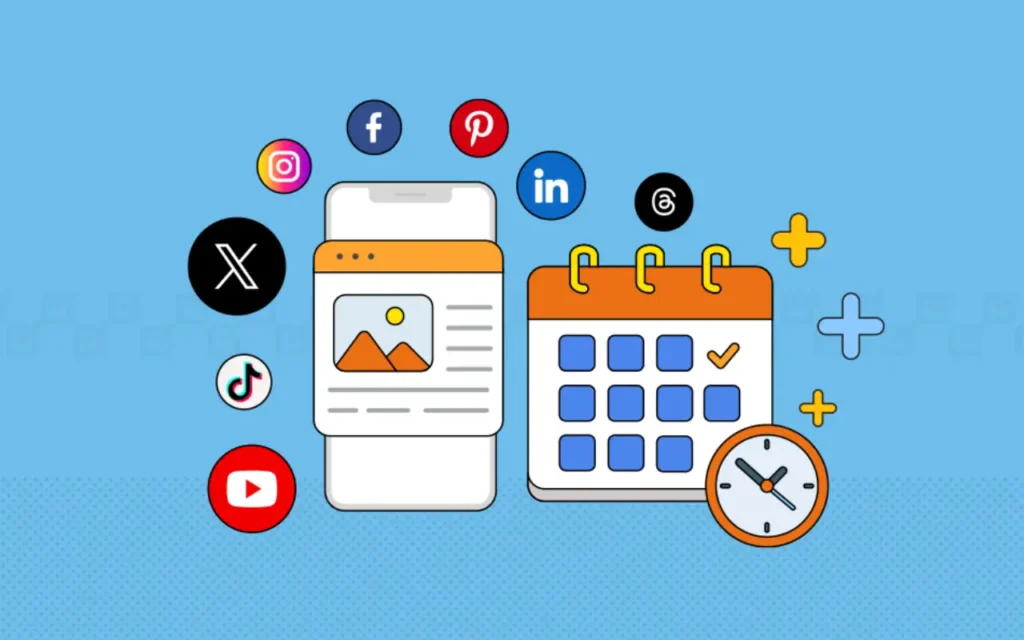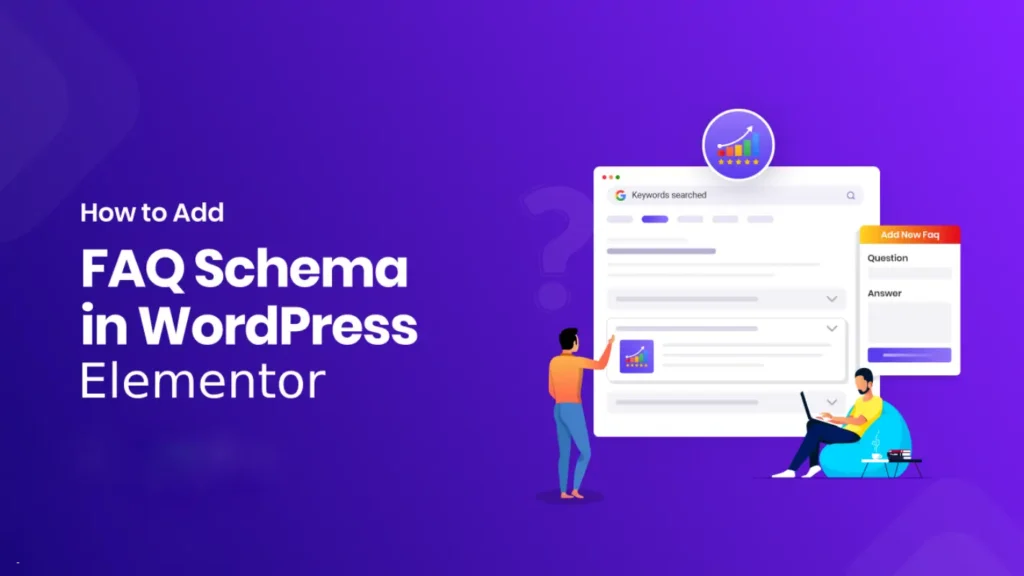In this growing digital world, effective conversation is a secret tool for establishing meaningful connections—doesn’t matter whether it’s established with AI. ChatGPT is one of the most advanced conversational tools available for AI.
It offers everything—from composing emails to answering complex questions. However, like others, this is not more effective than the best way it is used. Tone is the area where great improvement in usability could be made. You need to improve the ChatGPT tone for smooth and engaging conversations. In this post, we will mention 10 ways to improve ChatGPT tone for better conversations.
Why ChatGPT Tone Matters?
The Tone is the emotional basis of any conversation. It creates an atmosphere, sets perspectives, and gives ideas for receiving/giving messages. The more polite and understanding tone makes it easier to discuss very sensitive topics. However, it gives a touch of professionalism to business communications if you do it formally and concisely. Since such ability to adapt your own tone makes ChatGPT such a valuable resource. It is up to you to steer it in the right direction.
By mastering the art of ChatGPT tone adjustment, you can improve your quality of interaction and bring out the best in the chatbot. Whether for professional or personal development or for a creative project: it would be ensured that conversations will be both effective and interesting.
Now, let’s get into the 10 best ways to improve ChatGPT tone for a better conversation, including methods to make it more inclusive and versatile.
1. Define the Tone You Want
The “Adaptability” is the key strength of ChatGPT. If there’s no tone mentioned in the prompt, then it defaults to a neutral one which may not be good. Make your interactions worthy by specifying a preferred tone for the occasion.
For example:
- if you have your answer professionally, you would try: “Please respond with professionalism.”
- If you want this chatty, you can add: “Please present this in a warm, welcoming way.”
That is all; just have to add a phrase so ChatGPT gets this to be the applicable shade to the discussion it’s having.
2. Context
“Context is as important as clarity.” The more background information you provide—the better ChatGPT can adapt its tone to suit your needs.
For example:
- if you’re writing an email to a client, specify this in your prompt: “This is for a formal business email to a potential client.”
- If you’re composing a light-hearted social media post, let ChatGPT know: “This is for a fun and casual Instagram caption.”
By setting the stage with context, you can receive responses that make feel more natural and relevant.
3. Use Example Phrases
Using example phrases with prompts would really help you to guide with some specificity. if you want a tone that can’t be explained—it’s fine to provide example phrases that would work for this tone.
For example:
- If you wanted a very empathic tone, you might write: “Please include phrases like ‘I understand how you feel’ or “That sounds challenging.”
These examples serve as signposts that guide towards the right kind of output with warmth, or with an appropriate amount of humor and formality, respectively.
4. Adjust Formality Level
Whether your communication is formal or informal, primarily depends on your audience. You can easily switch between formal and informal tones if you guide ChatGPT.
For example, you might say:
- “Use a formal tone like an academic setting.”
- “Write this in a very casual tone, as if talking to a close friend.”
That’s how you ensure the conversation resonates with the intended audience and purpose.
5. Request to be Emotionally Sensitive
Talking about sensitive subjects, tone makes all the difference. You would have said, “Please write in a sensitive, caring, and empathetic tone.
For instance:
- If this is a personal matter, you would have asked, “Please respond sensitively; it’s a personal matter.”
That sets up trust and rapport. The conversation wouldn’t come off as if it was brushing off the problem or being insensitive to it.
6. Emphasize Clarity and Simplicity
Be very clear and simple when talking to different audiences. A straightforward tone can reduce the chances of miscommunication—especially in a professional or educational setting.
Guide ChatGPT by writing: “Keep the tone simple and avoid jargon.”
That way, the response can be more accessible to an audience with a wider variety of familiarity with the topic.
7. Include Politeness in the prompt
Politeness is a universal language tone that can make any conversation smoother. You can explicitly request courteous language to ensure respectful interactions.
For example: Include “Answer politely and avoid abrupt phrases.”
Politeness is especially important in professional or customer-relation scenarios, where tone can directly impact customer relationships.
8. Balance Enthusiasm
Enthusiasm is a double-edged sword where responses do sound exciting with this trait but overuse becomes fake.
For instance, if being specific, it avoids the wrong level of tone in their prompts. Try “Sound enthusiastic but minimal” or “Try not to make it too exciting for this one”.
This shows how best to set your tone about the subject being discussed in relation to the situation at hand.
9. Use Feedback Loops
It’s an iterative process to fine-tune the ChatGPT tone. If this response isn’t quite what you wanted, tell it.
So, “This is too formal; can you loosen it up a bit more conversational?” or “Can you give me a little injection of humor?”
These loops help the tone of chat improve over time, thus better suited to your expectations.
10. Pacing to the Right
The other critical dimension of tone that is often overlooked is pacing. Depending on the situation, you may want short answers or longer ones.
You can instruct chatGPT like this: “Keep answers short and sweet.” Then again, if you need long conversations, you could ask, “Explain with an example in detail.”
This way, pacing adjusts so that the tone of the chat by ChatGPT fits the pacing of your conversation.
Inclusion: Adapting to Varying Audiences
This means that improving the tone of ChatGPT is not only personal but also inclusive. Whether you are communicating with people from other cultures, age groups, or professional backgrounds.
It is a must to use language that reflects respect and understanding. For example, avoiding idiomatic expressions can make responses more accessible to non-native speakers. Similarly, using gender-neutral language can help in creating a sense of belonging. You can prompt like this: “Make this response accessible for a global audience” or “Use inclusive language throughout.
Inclusion also demands cultural sensitivity. For instance, something that might be taken as a joke or funny in one culture could be quite serious in another. Making ChatGPT use a neutral yet engaging tone will also help fill those gaps. Adding regional or cultural context to your prompts can increase the response’s relevance and relatability even further.
Conclusion
Mastery of the ChatGPT tone allows it to be an even more effective and versatile conversational partner. Implementing these 10 strategies to improve chatGPT tone, from specific tone and adjusting formality to focusing on inclusivity and feedback, can ensure that AI interactions are not only accurate but also engaging, empathetic, and inclusive. In enhancing a digital presence with the aid of such strong AI tools, we are your trusted partner for integrating AI tools to custom web development. So, start refining that tone today and experience the difference in every conversation. Ready to improve communication and digital platforms? Get there with us and let’s make it extraordinary!






